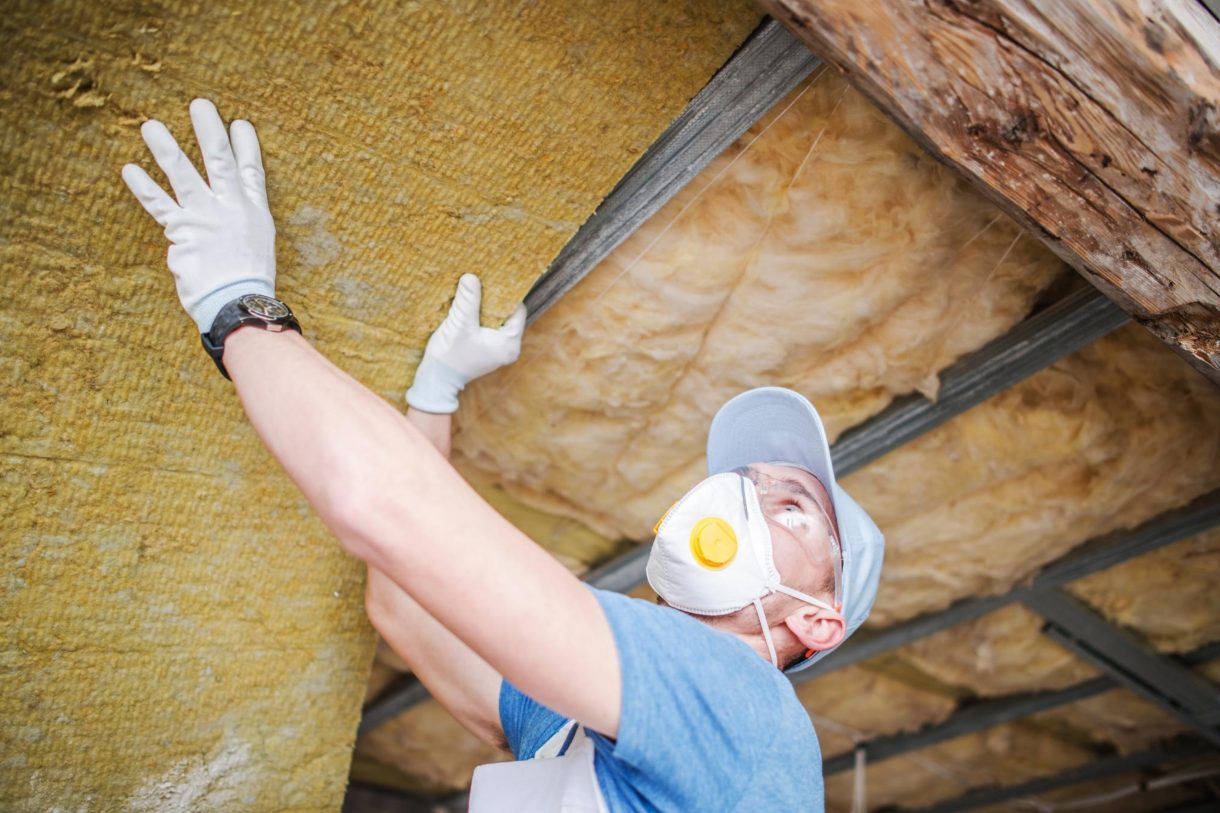

Articles
How Thick Is R-49 Insulation
Modified: January 8, 2024
Discover the thickness of R-49 insulation in our informative articles. Enhance your knowledge on insulation specifications and benefits.
(Many of the links in this article redirect to a specific reviewed product. Your purchase of these products through affiliate links helps to generate commission for Storables.com, at no extra cost. Learn more)
Introduction
Welcome to our comprehensive guide on understanding the thickness of R-49 insulation. If you’re in the market for insulation to improve the energy efficiency of your home, you’ve probably come across the term R-value. But what exactly does it mean, and how does it relate to the thickness of insulation?
In this article, we will delve into the world of R-49 insulation and discuss its significance in achieving optimal energy efficiency. We will explore the factors that affect the thickness of R-49 insulation, the recommended thickness for this type of insulation, and the benefits it offers. Additionally, we will provide installation considerations to ensure a successful insulation project.
Whether you are a homeowner looking to upgrade your insulation or a construction professional seeking to understand the ins and outs of insulation thickness, this article will provide you with valuable insights and actionable information.
So, let’s dive right in and gain a deeper understanding of R-49 insulation.
Key Takeaways:
- R-49 insulation, with its high thermal resistance, offers benefits such as improved energy efficiency, enhanced comfort, noise reduction, and potential cost savings, making it a valuable investment for homeowners and building occupants.
- Proper installation considerations, including preparation, sealing, handling, coverage, and ventilation, are crucial for ensuring the optimal performance of R-49 insulation. Consulting with professionals and following best practices is essential for a successful insulation project.
Read more: How Thick Is R-49 Blown In Insulation
Understanding R-Value
Before we delve into the specifics of R-49 insulation, it’s essential to grasp the concept of R-value. R-value is a measure of an insulation material’s thermal resistance or its ability to resist the flow of heat. In simpler terms, it indicates how effectively the insulation can prevent heat transfer through the walls, roof, or floor of a building.
The higher the R-value of an insulation material, the more effective it is at reducing heat flow. This means that insulation with a higher R-value will provide better thermal insulation and contribute to greater energy efficiency.
R-value is determined by various factors, including the type of insulation material, its thickness, and its density. Insulation materials such as fiberglass, cellulose, and foam all have different R-values and properties. Therefore, it’s important to select the right insulation material with an appropriate R-value for your specific needs.
It’s worth noting that the U.S. Department of Energy (DOE) has established minimum R-value requirements for different regions of the country. These requirements are based on climate zones and aim to ensure energy efficiency in buildings. It’s a good idea to consult local building codes or energy efficiency guidelines to determine the recommended R-value for your area.
Now that we have a basic understanding of R-value and its importance, let’s explore R-49 insulation in more detail.
What is R-49 Insulation
R-49 insulation is a specific type of insulation that is designed to provide a high level of thermal resistance. It is commonly used in attics and ceilings to effectively reduce heat transfer, keeping homes warmer in the winter and cooler in the summer.
The “R” in R-49 stands for “resistance,” and the number represents the R-value of the insulation material. In the case of R-49 insulation, the R-value is typically around 49. This means that R-49 insulation has a high thermal resistance and is exceptionally effective in preventing heat flow.
R-49 insulation is often made from materials such as fiberglass or cellulose. Fiberglass insulation consists of fine glass fibers that are spun into a fluffy material, while cellulose insulation is made from recycled paper products. Both types of insulation provide excellent thermal performance and can be easily installed in attics and ceilings.
One key advantage of R-49 insulation is its ability to significantly improve energy efficiency. By reducing heat transfer, R-49 insulation helps maintain a comfortable indoor temperature, reducing the need for excessive heating or cooling. This, in turn, can lead to lower energy bills and a smaller carbon footprint.
It’s important to note that achieving the desired R-value requires the proper installation of insulation. Gaps, compressed insulation, or inadequate coverage can compromise the thermal performance, so it’s crucial to follow the manufacturer’s guidelines and best practices during installation.
Now that we know what R-49 insulation is, let’s explore the factors that affect its thickness.
Factors Affecting Thickness of R-49 Insulation
The thickness of R-49 insulation can be influenced by several factors. Understanding these factors is crucial for determining the appropriate thickness of insulation needed for optimal thermal resistance. Here are the key factors:
- R-Value Requirements: Building codes and energy efficiency guidelines often specify the minimum R-value required for insulation in different regions. The specific R-value requirement for your area will play a significant role in determining the thickness of R-49 insulation needed.
- Type of Insulation Material: Different insulation materials have varying thermal conductivities, which affects the R-value per inch. For example, fiberglass insulation typically has an R-value of around 3.5 per inch, while cellulose insulation has an R-value of approximately 3.7 per inch. The type of insulation material you choose will impact the thickness required to achieve the desired R-49 value.
- Installation Method and Technique: The way insulation is installed can also impact its effectiveness. Improper installation, such as compressed insulation or gaps in coverage, can diminish the R-value and require thicker insulation to compensate. Following manufacturer’s installation guidelines and employing proper techniques can ensure optimal thermal performance.
- Structural Considerations: The structure of the building, including the construction materials and design, can influence the recommended thickness of R-49 insulation. Factors such as the presence of air leaks, the building’s orientation, and the local climate can affect the amount of heat transfer and, in turn, influence the necessary insulation thickness.
- Budget and Space Constraints: While the goal is to achieve the highest R-value possible, practical considerations such as budget limitations and available space may impact the desired insulation thickness. It’s important to find a balance between optimal thermal resistance and the constraints of your project.
Considering these factors will help you determine the appropriate thickness of R-49 insulation required for your specific needs. Consulting with insulation professionals or conducting energy audits can provide valuable insights and guidance in making the right decision.
Now that we understand the factors affecting the thickness of R-49 insulation, let’s move on to explore the recommended thickness for optimal performance.
When installing R-49 insulation, make sure to achieve a thickness of approximately 16-18 inches for optimal thermal performance. Be sure to follow manufacturer’s guidelines for proper installation.
Recommended Thickness for R-49 Insulation
When it comes to achieving the recommended R-49 insulation value, the thickness of the insulation plays a crucial role. The appropriate thickness of R-49 insulation can vary depending on the insulation material and its specific R-value per inch. However, a general guideline is to aim for an approximate thickness of 14-16 inches.
For example, if you are using fiberglass insulation with an R-value of 3.5 per inch, you would need insulation that is approximately 14-16 inches thick to achieve an overall R-value of 49. Similarly, if you are using cellulose insulation with an R-value of 3.7 per inch, the thickness would be slightly less, around 13-14 inches.
It’s important to note that these thickness recommendations are general guidelines and may vary depending on factors such as climate, building design, and local building codes. Consulting with insulation professionals or conducting energy audits specific to your location can provide more accurate recommendations for achieving optimal thermal resistance.
Additionally, it’s crucial to ensure proper installation techniques to maximize the effectiveness of the insulation. This includes maintaining consistent thickness throughout the installation, minimizing compression or gaps, and ensuring proper coverage in all areas.
Remember, the goal when selecting the thickness of R-49 insulation is to create a thermal barrier that effectively reduces heat transfer and enhances energy efficiency. By following recommended guidelines and best practices, you can achieve optimal insulation performance and reap the associated benefits.
Now that we know the recommended thickness for R-49 insulation, let’s explore the benefits it offers.
Read more: How Thick Is R-38 Insulation
Benefits of Using R-49 Insulation
Using R-49 insulation in your home or building can offer a range of benefits, from improved energy efficiency to enhanced comfort. Let’s take a closer look at the advantages of using R-49 insulation:
- Enhanced Energy Efficiency: R-49 insulation has a high thermal resistance, which means it provides excellent insulation properties. By reducing heat transfer, R-49 insulation helps keep your home warm in the winter and cool in the summer, reducing the need for excessive heating or cooling. This, in turn, can lead to significant energy savings and lower utility bills.
- Improved Comfort: R-49 insulation helps maintain a consistent and comfortable indoor temperature by minimizing heat loss or gain through the building envelope. During the colder months, it prevents warm air from escaping, keeping your home cozy. In the hotter months, it helps block the transfer of heat from the outside, creating a more comfortable living environment.
- Noise Reduction: In addition to its thermal insulating properties, R-49 insulation also helps reduce noise transmission. It absorbs sound vibrations and dampens noise, creating a quieter and more peaceful indoor environment.
- Environmental Benefits: Increasing the energy efficiency of your home or building by using R-49 insulation can have positive environmental impacts. By reducing the need for heating or cooling, you can lower your carbon footprint and contribute to a greener, more sustainable future.
- Potential Cost Savings: While the initial cost of installing R-49 insulation may be higher compared to lower R-value options, this investment can pay off in the long run. With reduced energy consumption and lower utility bills, the cost savings over time can outweigh the upfront expenses.
When considering the benefits of R-49 insulation, it’s important to remember that proper installation is essential to maximize its effectiveness. Hiring a professional insulation contractor or following manufacturer’s installation guidelines can help ensure that the insulation is installed correctly for optimal performance.
Now that we understand the benefits of using R-49 insulation, let’s explore some important installation considerations.
Installation Considerations for R-49 Insulation
Proper installation is crucial for the effectiveness of R-49 insulation. Consider the following factors to ensure a successful insulation installation:
- Preparation: Before installing R-49 insulation, make sure the area is clean and free of debris or obstacles. Remove any existing insulation that is damaged or not up to code. Check for potential air leaks or gaps in the building envelope that could compromise the insulation’s thermal performance.
- Sealing: To achieve optimal effectiveness, it’s important to seal any air leaks or gaps in the walls, ceiling, or floor. Use weatherstripping, caulking, or sealant to close any openings where air can escape or enter. This will help maintain a tight thermal barrier and prevent heat transfer.
- Handling and Safety: It’s important to follow safety precautions when handling and installing R-49 insulation. Wear appropriate personal protective equipment (PPE), such as gloves, goggles, and a dust mask, to protect yourself from any potential irritants. Follow the manufacturer’s instructions for safe handling and proper disposal of waste materials.
- Proper Coverage and Placement: Ensure that the R-49 insulation is installed evenly and uniformly throughout the area. Avoid gaps, compression, or inadequate coverage, as these can compromise the insulation’s thermal resistance. Pay special attention to corners, edges, and hard-to-reach areas to ensure consistent and complete coverage.
- Ventilation: Proper ventilation is important to maintain good indoor air quality and prevent mold or moisture issues. Ensure that the insulation installation does not block any necessary ventilation pathways, such as soffit vents or exhaust fans. Consult with a professional if you are unsure about ventilation requirements in your specific area.
- Professional Installation: While DIY installation may be an option for experienced homeowners, hiring a professional insulation contractor is highly recommended. They have the expertise, tools, and knowledge to ensure proper installation, maximize insulation performance, and adhere to local building codes and regulations.
By taking these installation considerations into account, you can ensure that your R-49 insulation is installed properly and functions effectively to provide optimal thermal resistance.
Now that we have covered installation considerations, let’s conclude our comprehensive guide on R-49 insulation.
Conclusion
We have reached the end of our comprehensive guide on R-49 insulation. Throughout this article, we have explored the concept of R-value, understood what R-49 insulation is, discussed the factors that affect its thickness, and learned about its recommended thickness for optimal performance.
R-49 insulation is a high-performance insulation material that offers numerous benefits for homeowners and building occupants. Its high thermal resistance helps improve energy efficiency, enhance comfort, reduce noise transmission, and contribute to environmental sustainability.
When it comes to installing R-49 insulation, proper preparation, sealing, handling, and coverage are important considerations. By following installation guidelines and best practices, you can ensure that the insulation is installed correctly and operates at its full potential.
While this guide provides a comprehensive overview, it is important to consult with insulation professionals or conduct energy audits specific to your location to determine the most appropriate insulation solution for your needs. Every building and project is unique, and professional advice can help you make informed decisions.
The use of R-49 insulation can significantly improve energy efficiency, reduce utility bills, and create a more comfortable living or working environment. By investing in proper insulation, you not only benefit financially but also contribute to a greener and more sustainable future.
We hope that this guide has provided you with valuable insights and actionable information. Remember, always prioritize proper installation and consult with professionals when in doubt. With the right insulation and installation, you can enjoy the benefits of R-49 insulation for years to come.
Frequently Asked Questions about How Thick Is R-49 Insulation
Was this page helpful?
At Storables.com, we guarantee accurate and reliable information. Our content, validated by Expert Board Contributors, is crafted following stringent Editorial Policies. We're committed to providing you with well-researched, expert-backed insights for all your informational needs.
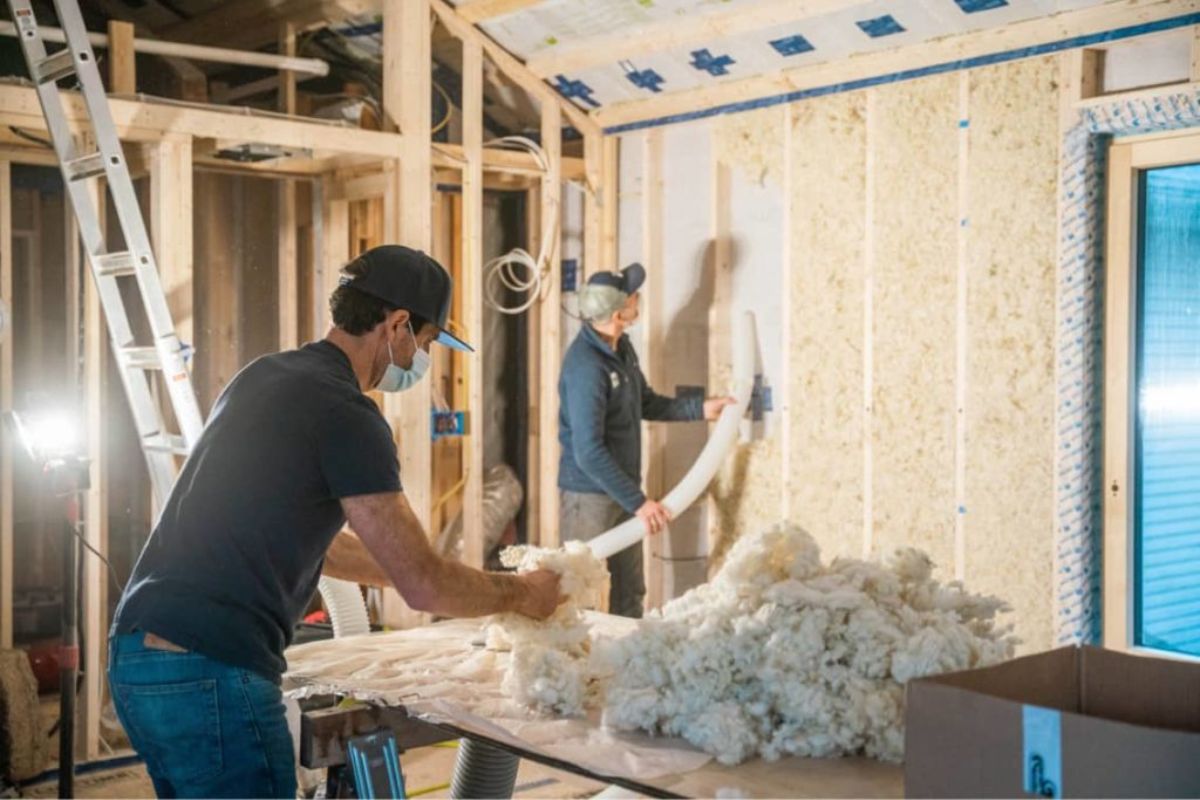
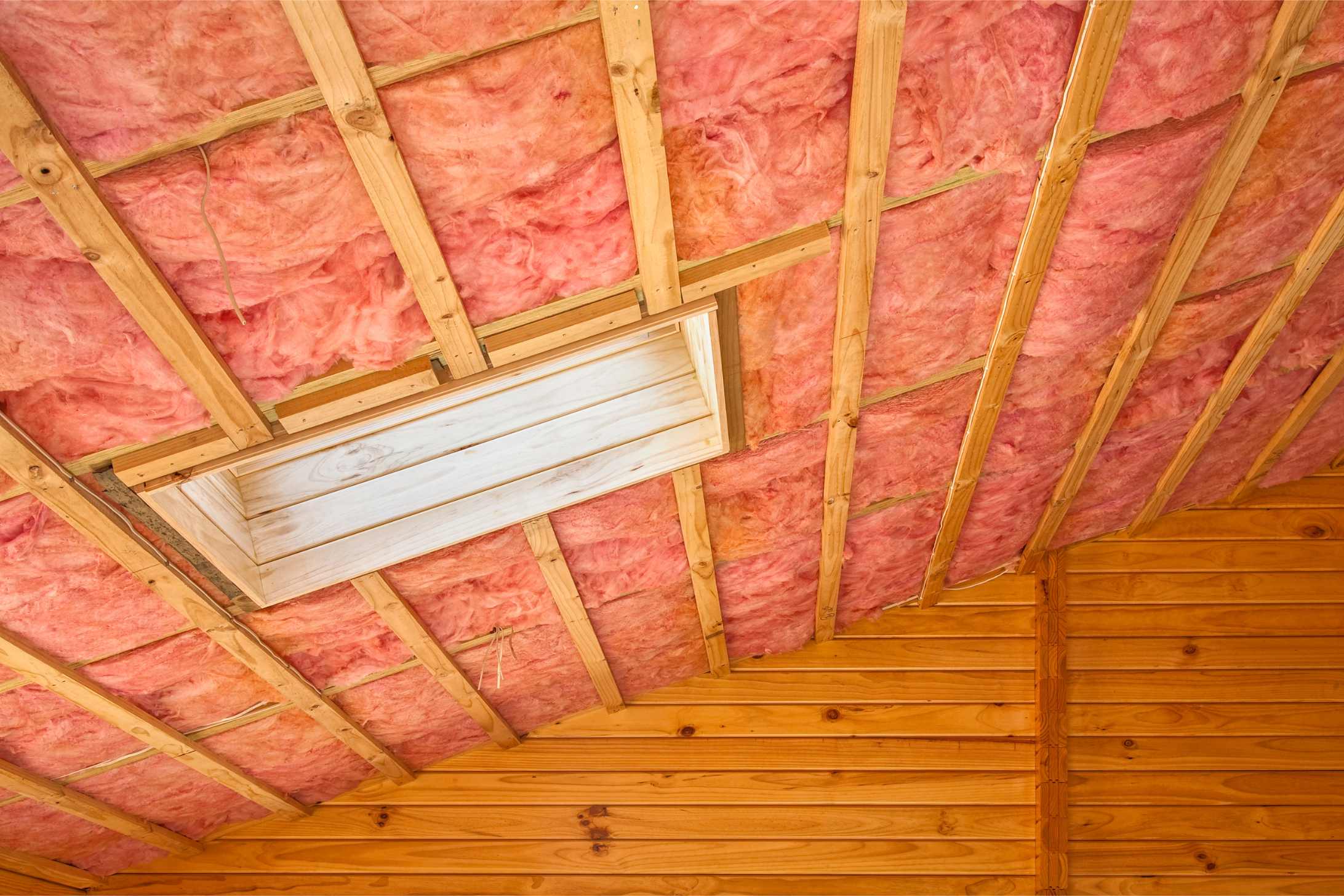
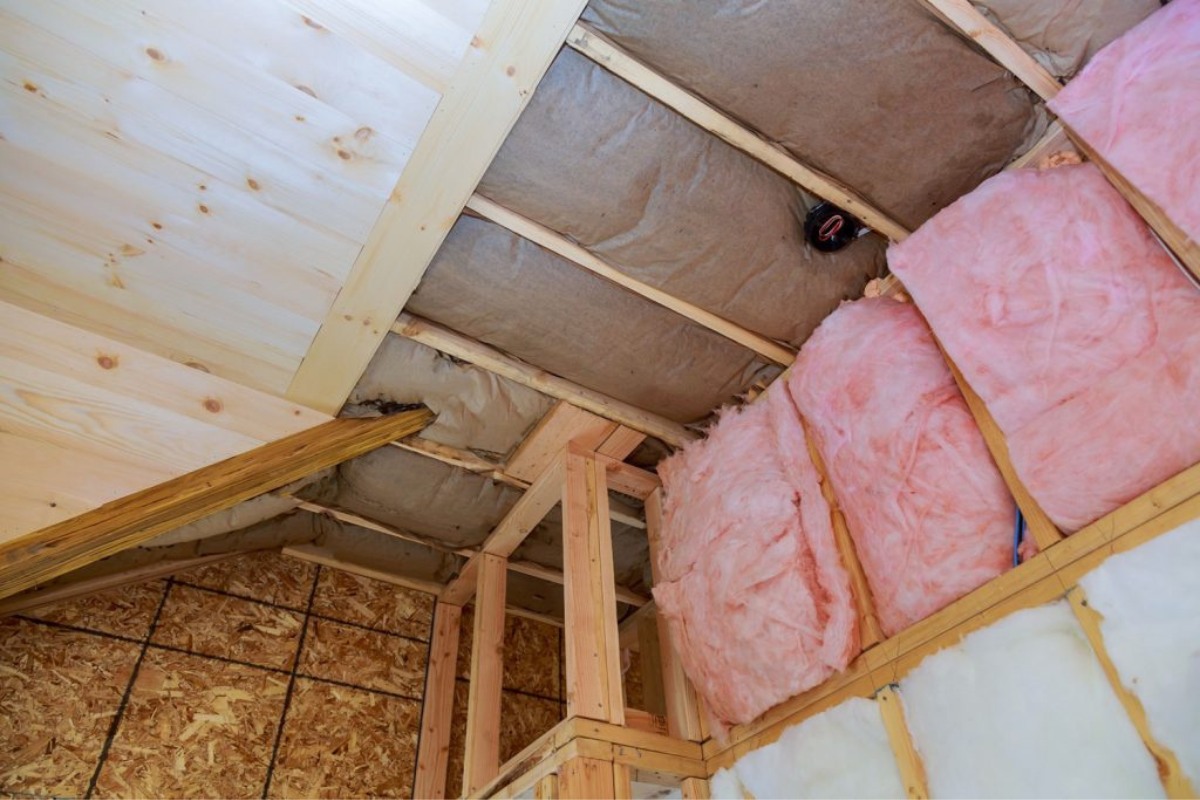
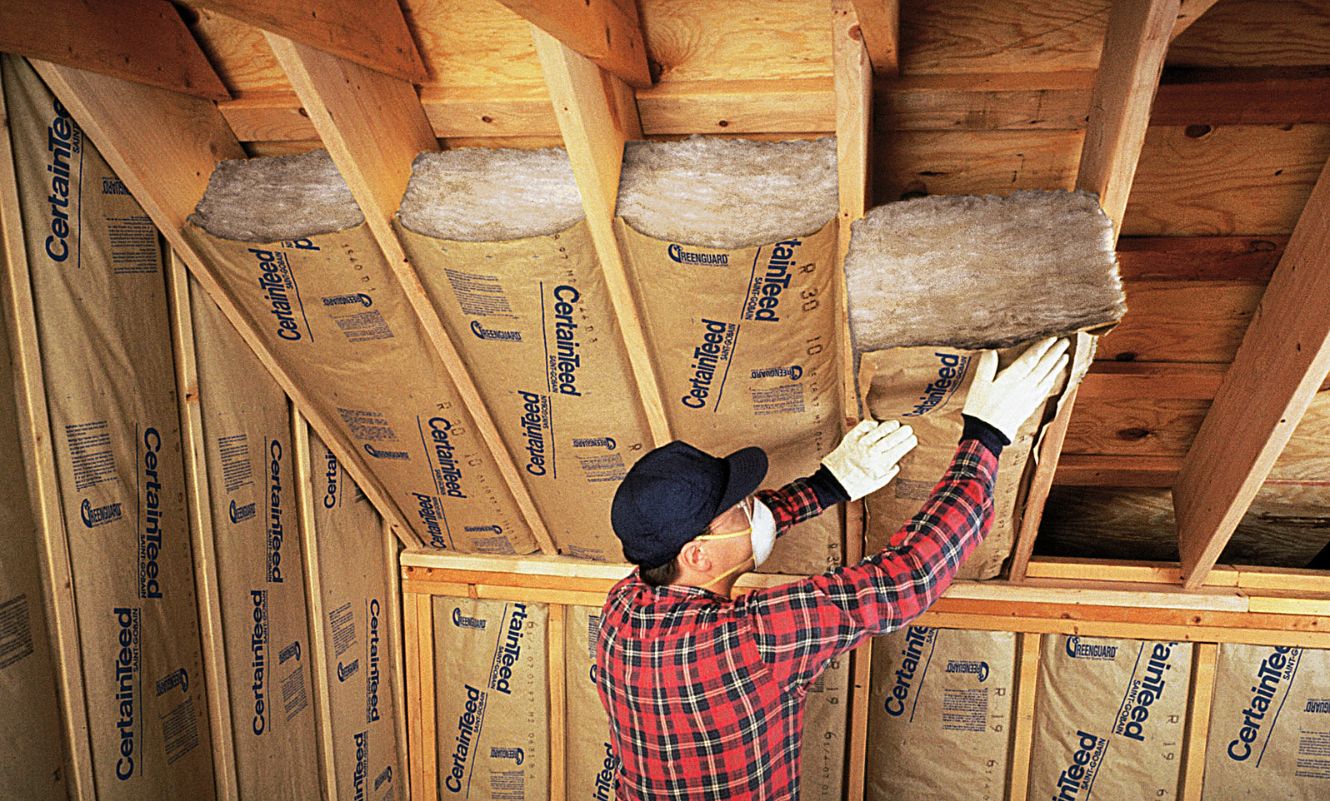
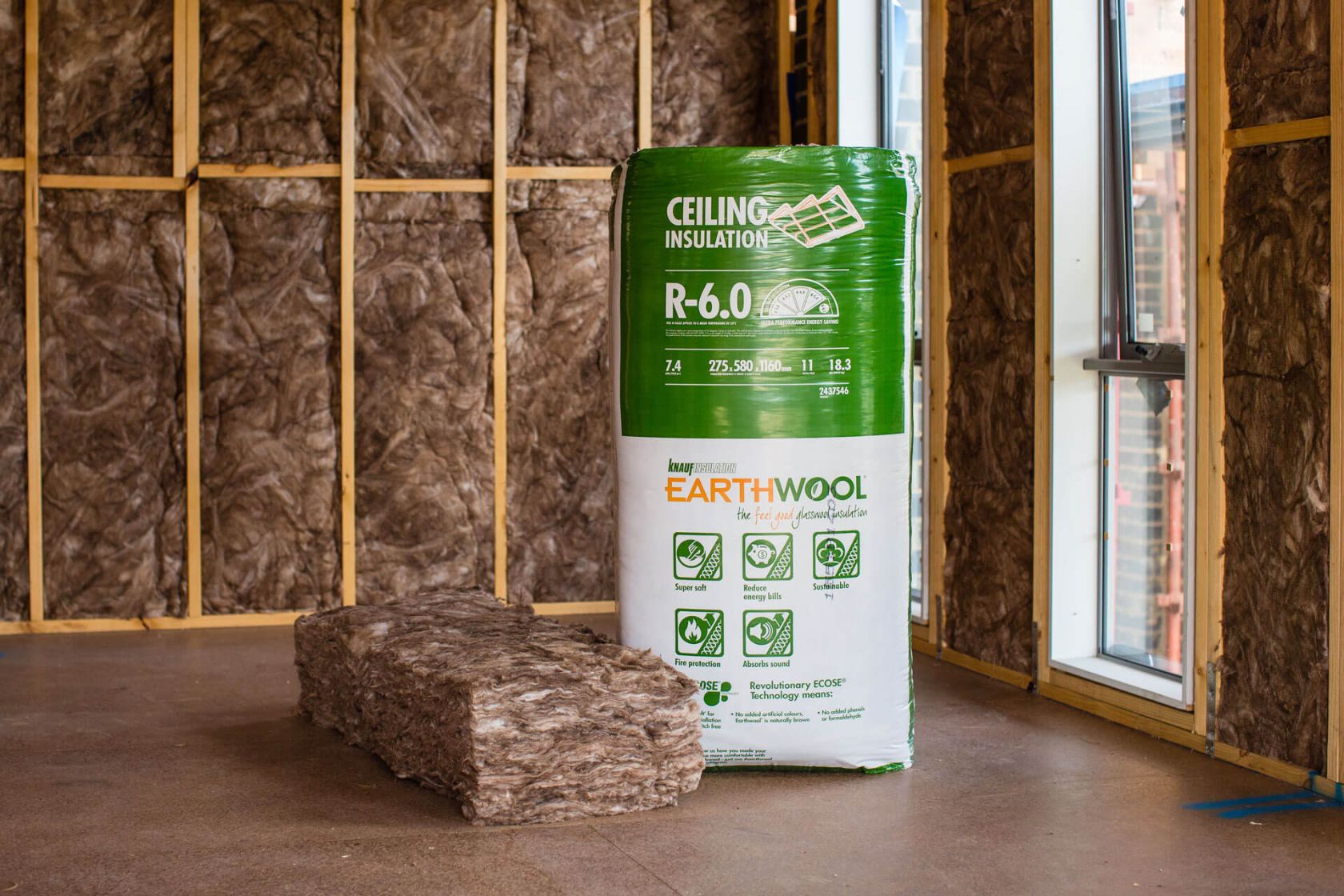
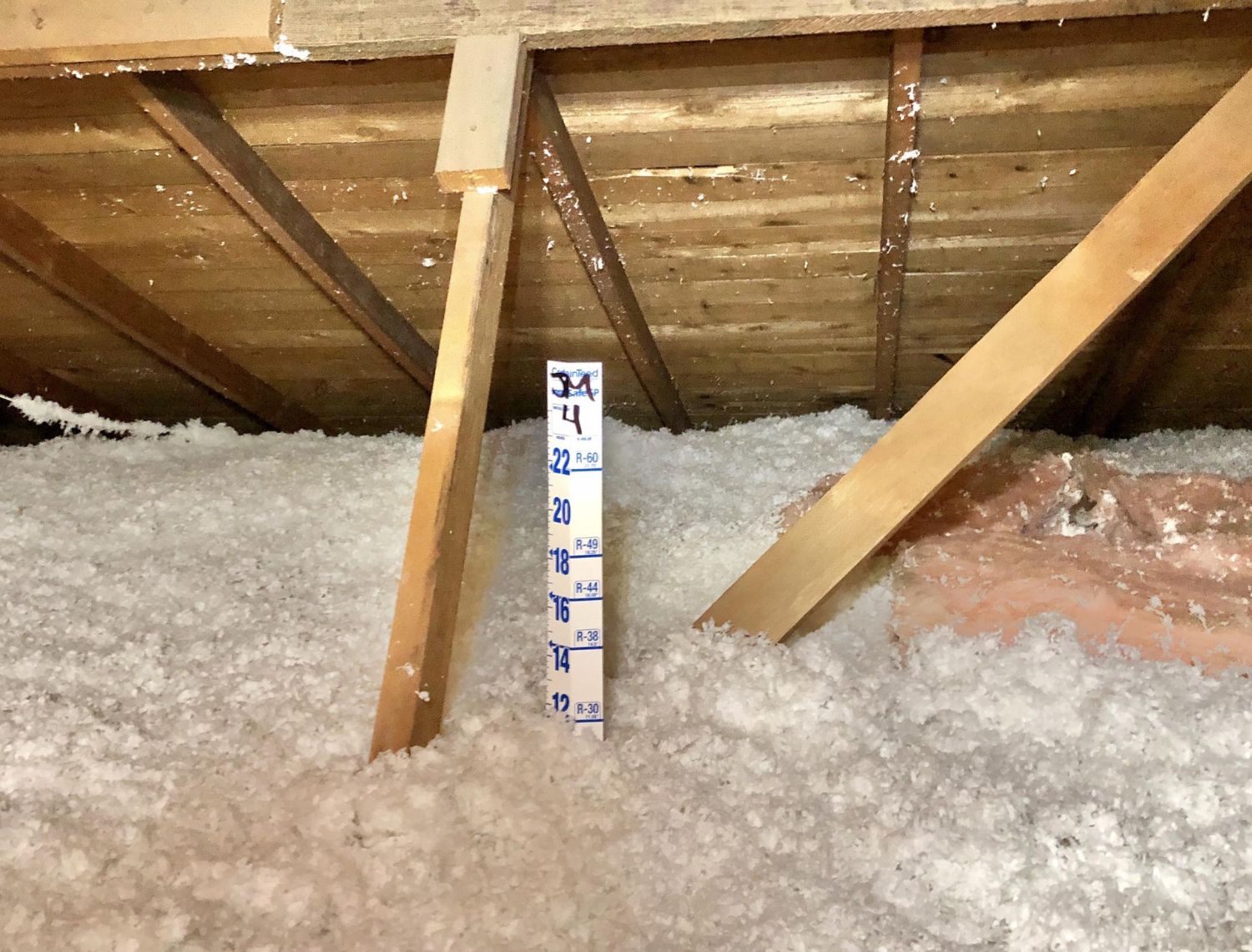
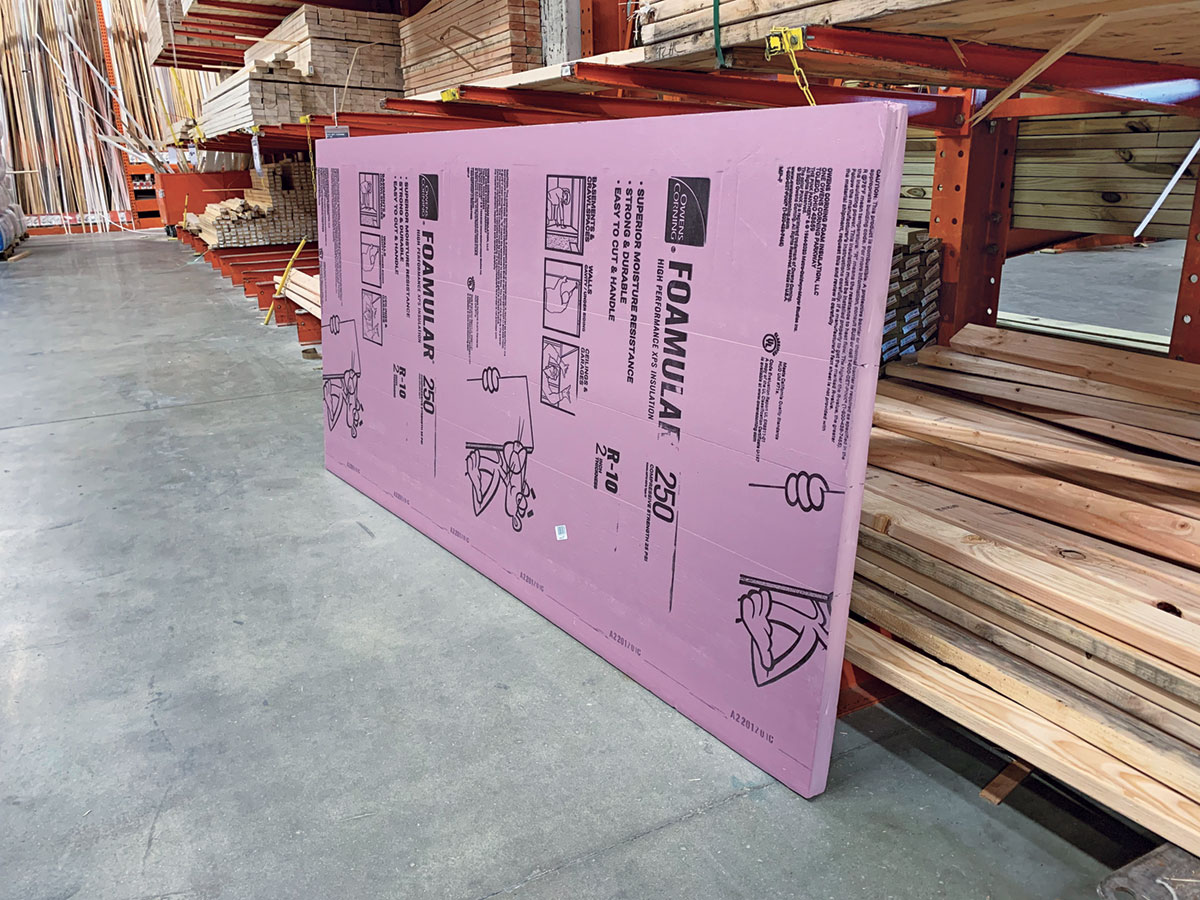
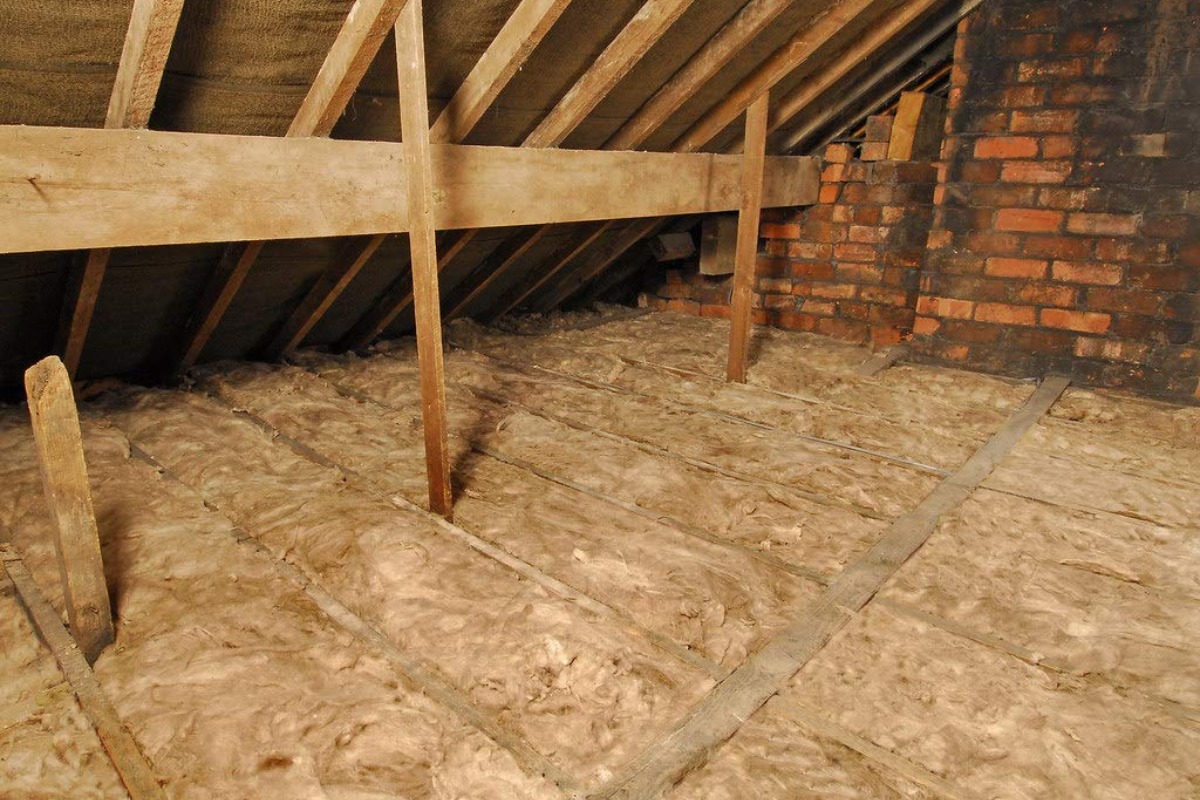
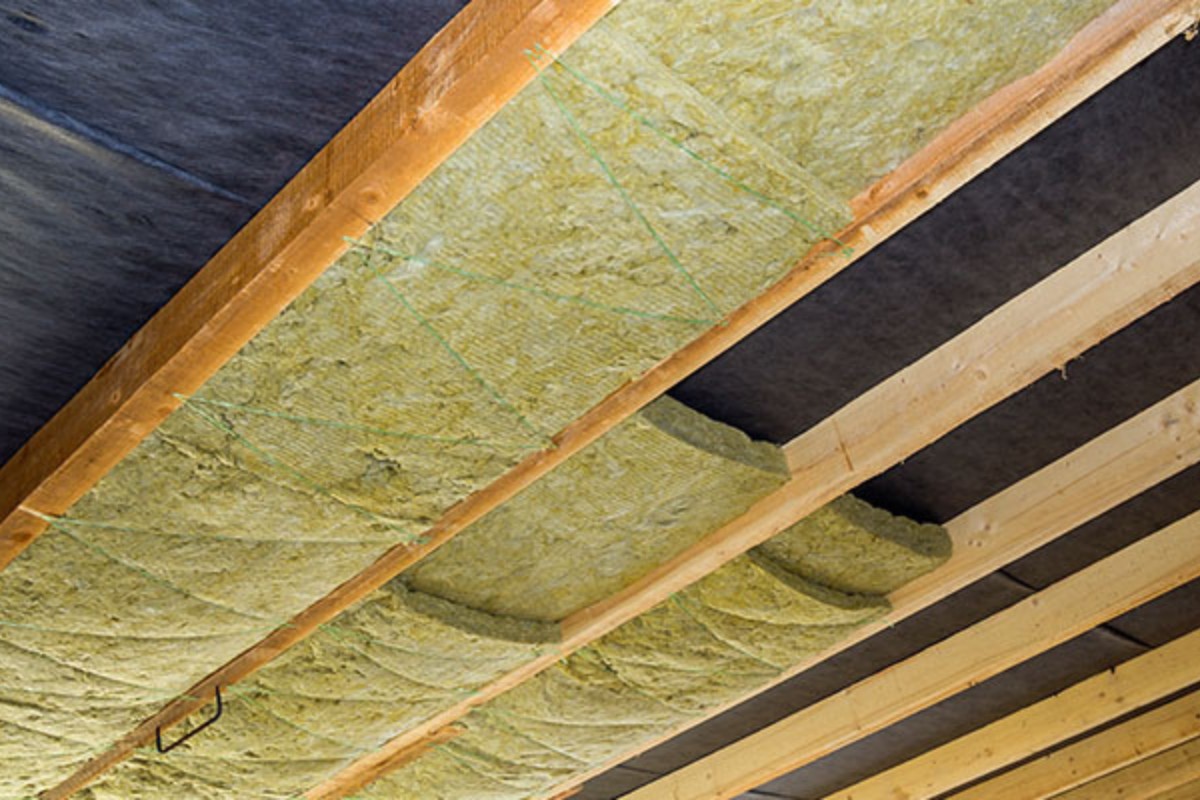
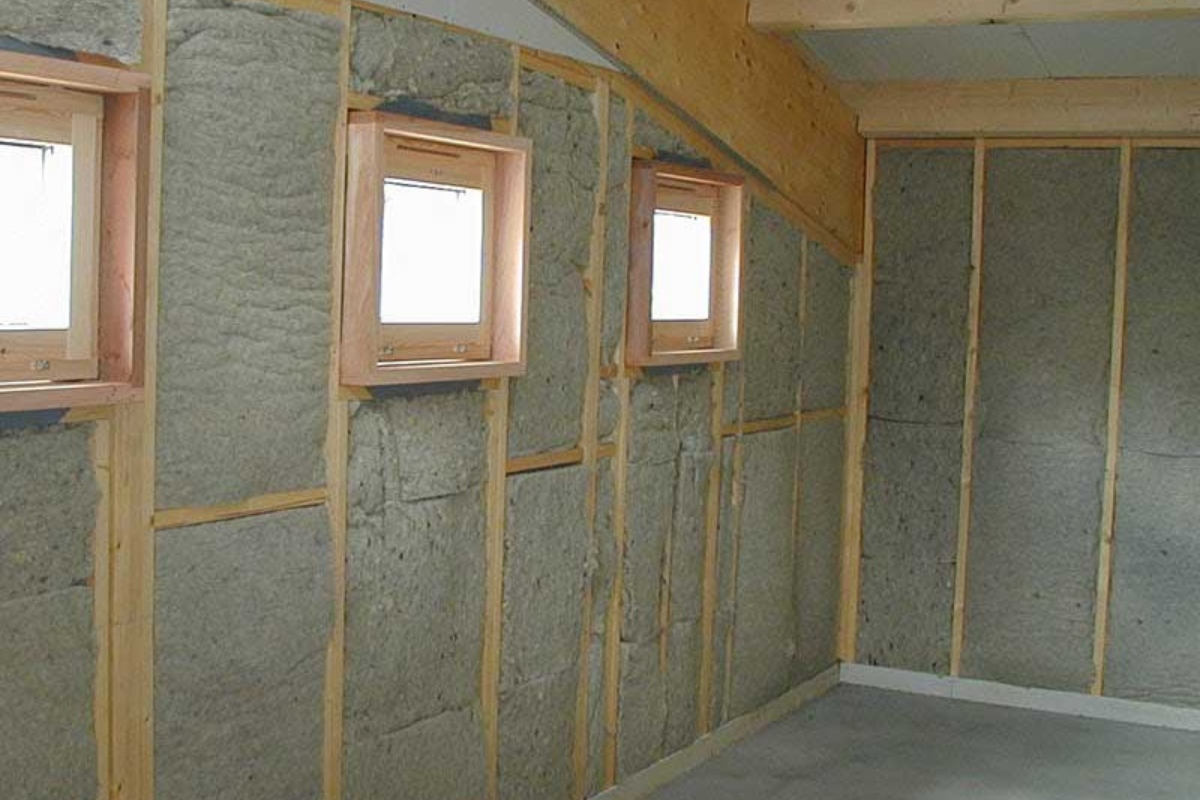
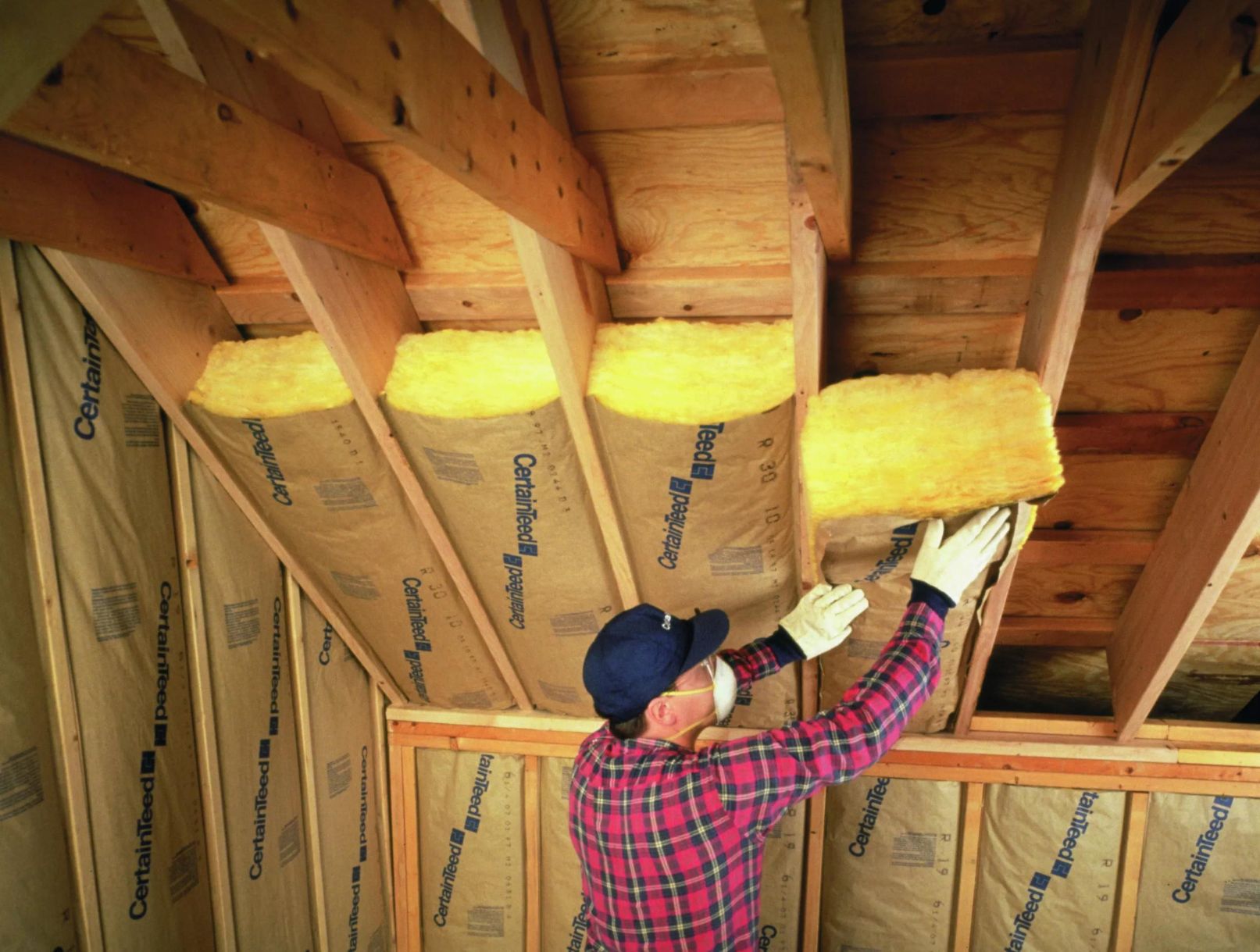
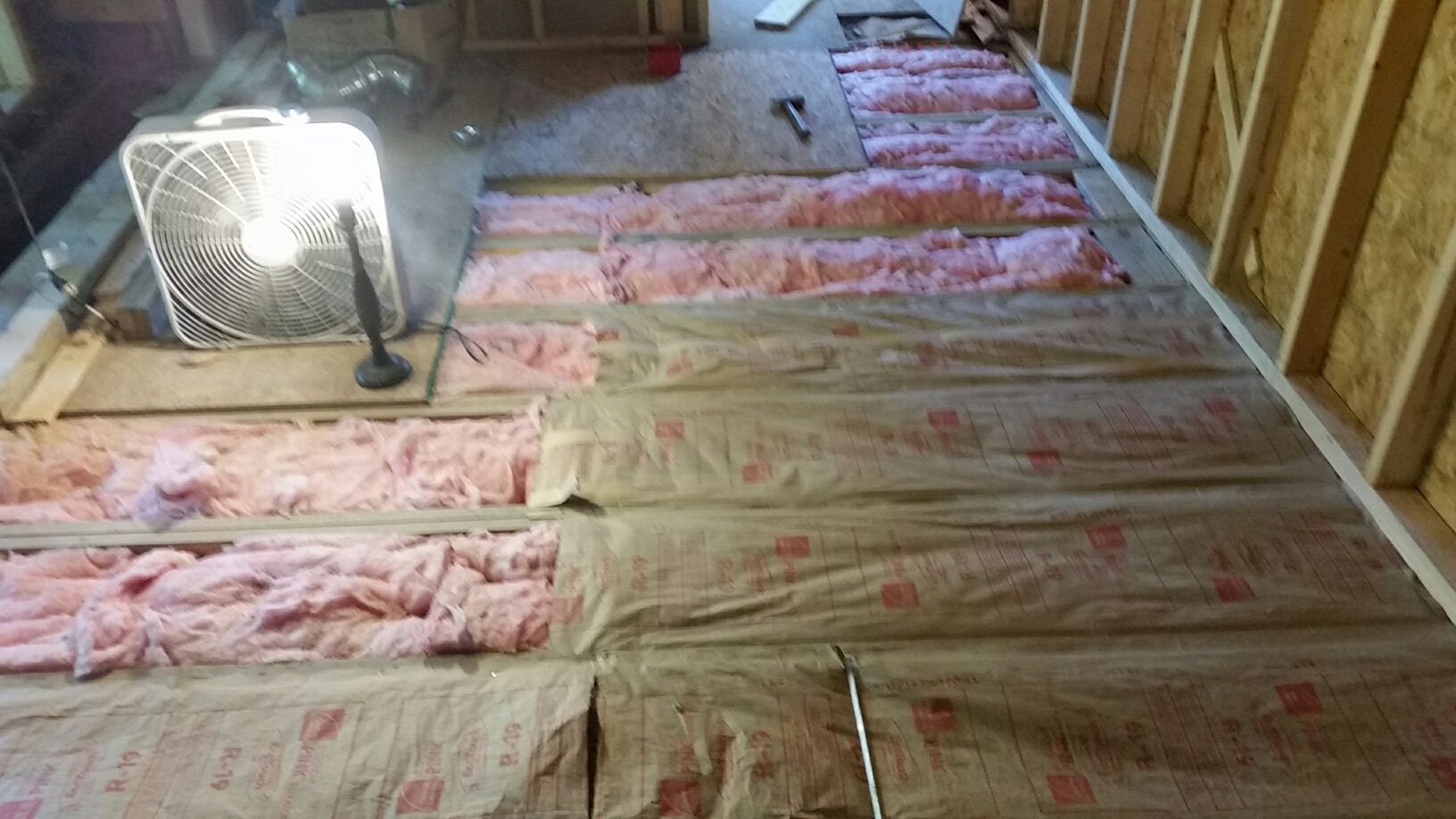
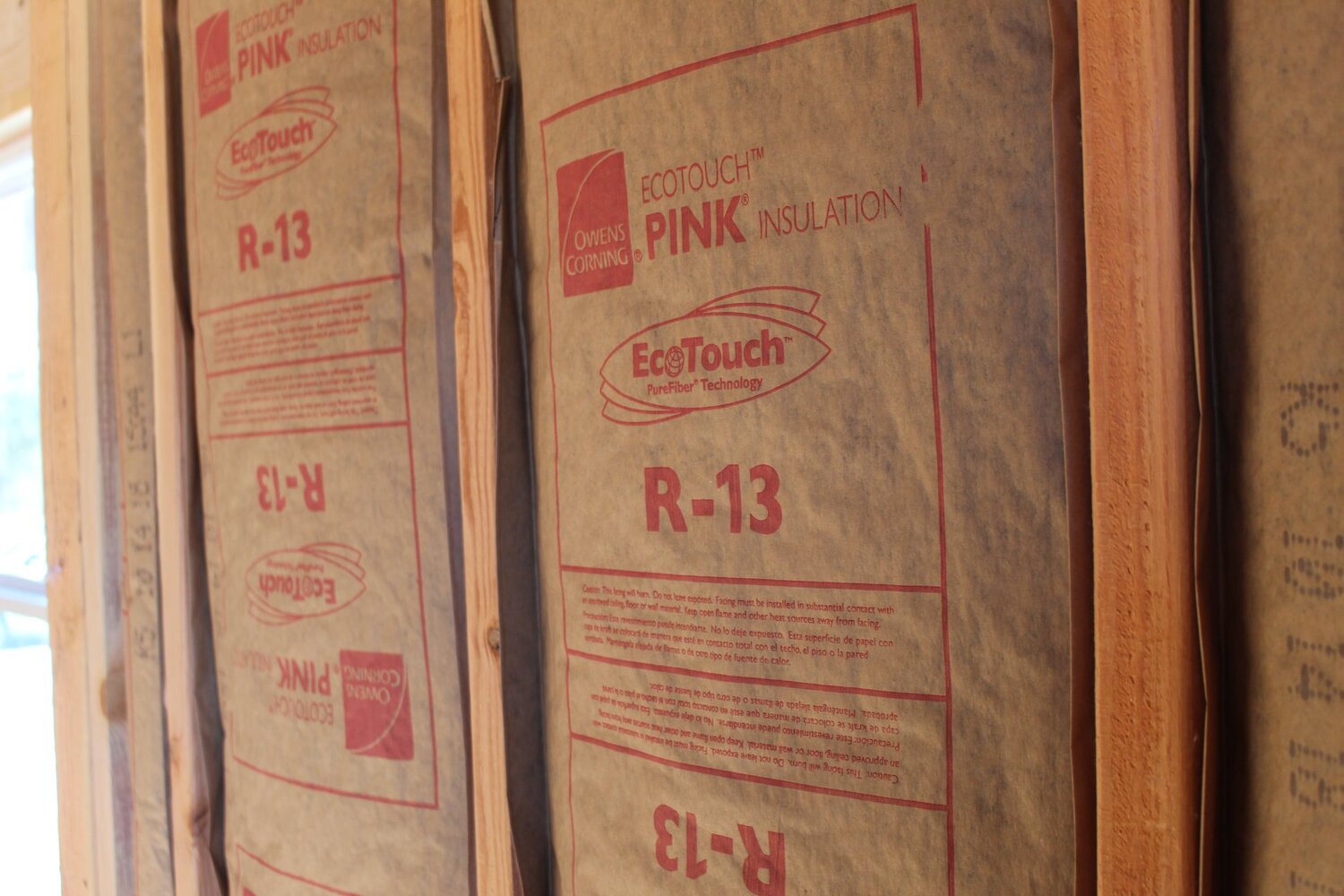


0 thoughts on “How Thick Is R-49 Insulation”